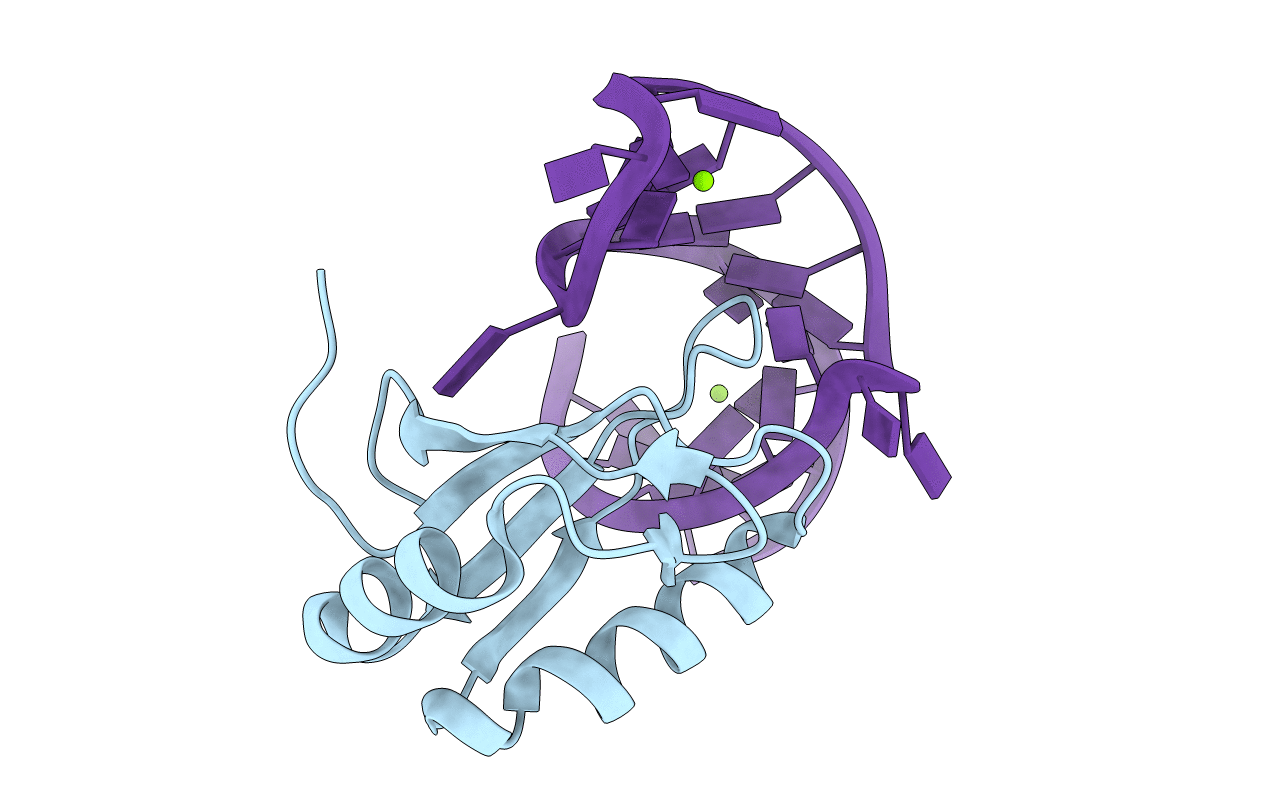
Deposition Date
2020-06-18
Release Date
2020-10-14
Last Version Date
2024-03-06
Entry Detail
PDB ID:
6XH0
Keywords:
Title:
Co-crystal structure of HIV-1 TAR RNA in complex with lab-evolved RRM TBP6.9
Biological Source:
Source Organism:
Homo sapiens (Taxon ID: 9606)
Human immunodeficiency virus 1 (Taxon ID: 11676)
Human immunodeficiency virus 1 (Taxon ID: 11676)
Host Organism:
Method Details:
Experimental Method:
Resolution:
3.10 Å
R-Value Free:
0.28
R-Value Work:
0.22
R-Value Observed:
0.23
Space Group:
P 43 21 2


